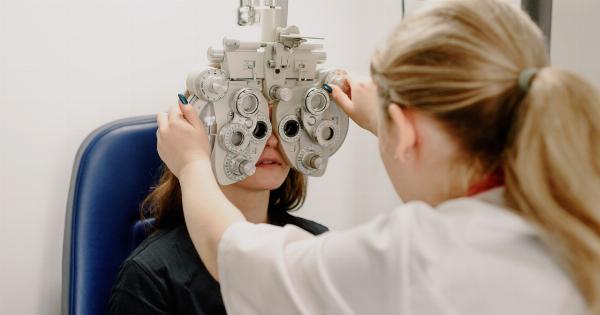Wearable technology has changed the way we communicate, exercise, and do business. It has also had a significant impact on healthcare, allowing doctors and patients to monitor health conditions in real-time.
However, one of the most exciting applications of wearable technology is in the field of wound healing.
What is Wound Healing?
Wound healing is a complex process that involves the body’s natural ability to repair damaged tissues. When a wound occurs, blood vessels in the affected area constrict to prevent excessive blood loss.
White blood cells then flood the area to prevent infection, while platelets aggregate to form a clot that seals the wound. Finally, new cells grow to cover the wound, eventually forming new tissue.
Depending on the severity of the wound, the healing process can take days, weeks, or even months. However, wearable technology is now making it possible to accelerate this process and reduce the risk of infection.
How Wearable Technology Helps Heal Wounds
Wearable technology uses different kinds of sensors to monitor wound healing progress. One of the most commonly used sensors is the photoplethysmography (PPG) sensor.
This sensor measures blood flow to the wound area, which is a good indicator of how well the wound is healing. If blood flow is reduced or stops, it may be a sign of infection, and the appropriate measures can be taken quickly to prevent complications.
Another sensor commonly used is the temperature sensor. Increased temperature around the wound may indicate an infection, while a decrease in temperature may suggest reduced blood flow or the development of necrosis.
By monitoring these changes in temperature, doctors can take appropriate action to prevent further complications.
One of the most exciting innovations in wearable technology for wound healing is the use of Smart Bandages. These bandages contain sensors that can detect changes in the wound environment, such as pH levels, temperature, and moisture.
Smart Bandages can then adjust their porousness to allow for better ventilation or release medication to the wound site.
Benefits of Wearable Technology in Wound Healing
Wearable technology has several benefits in wound healing. It can detect problems early, even before symptoms become apparent. And it can provide real-time data to healthcare providers, allowing them to make informed decisions about medical treatment.
This means that patients can receive more personalized care, leading to faster healing times and reduced complications.
Another benefit of wearable technology in wound healing is that it can reduce healthcare costs. By detecting problems early, doctors can prescribe less expensive treatments before complications become more severe.
Wearable technology also means fewer hospital visits, which can lead to significant savings in healthcare costs.
Challenges of Wearable Technology in Wound Healing
There are still some challenges to overcome when it comes to using wearable technology for wound healing. One of the biggest challenges is the cost of the technology.
While prices are coming down, wearable devices can still be expensive, and not all patients can afford them.
Another challenge is the accuracy of the sensors. While sensors have come a long way, they are still not 100% accurate, and there can be false alarms. This can lead to unnecessary medical intervention and increased healthcare costs.
Conclusion
Wearable technology is revolutionizing wound healing by providing real-time data to healthcare providers, enabling patients to receive personalized care, and reducing healthcare costs.
However, there are still challenges to overcome, particularly around the cost and accuracy of sensors. Nonetheless, the benefits of wearable technology in wound healing far outweigh the challenges.































